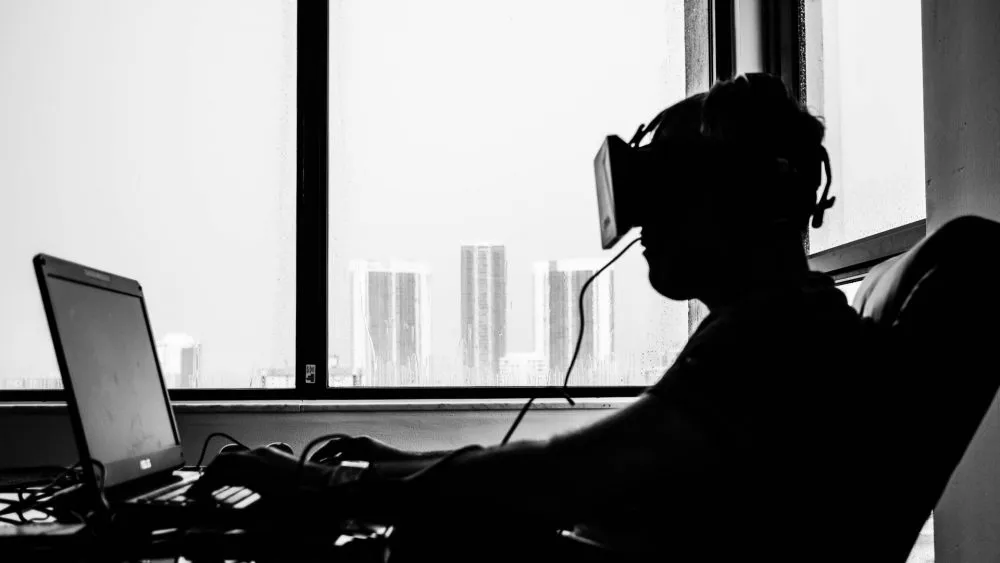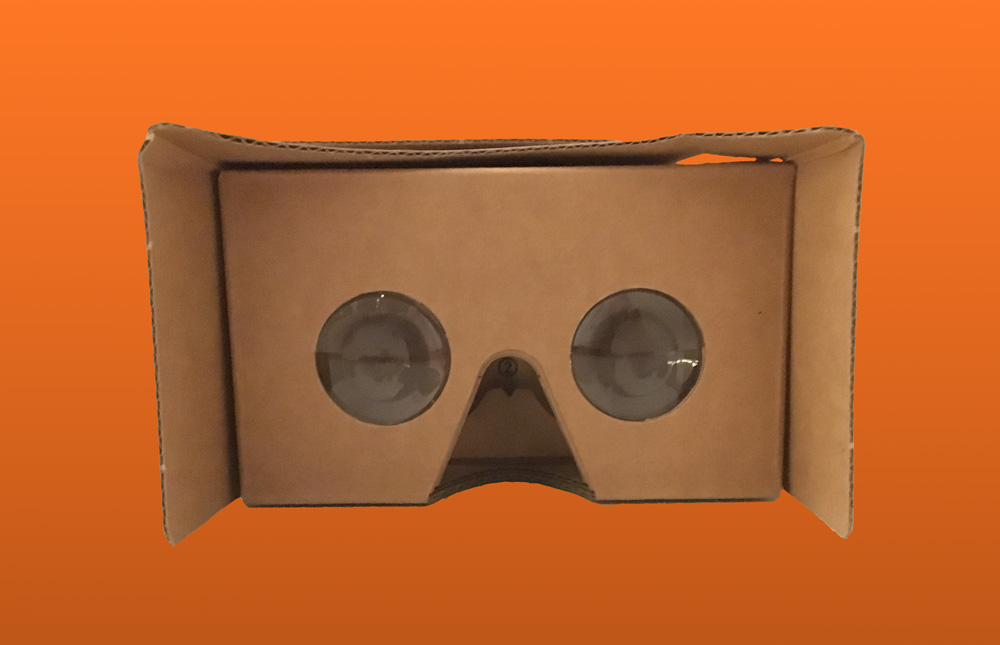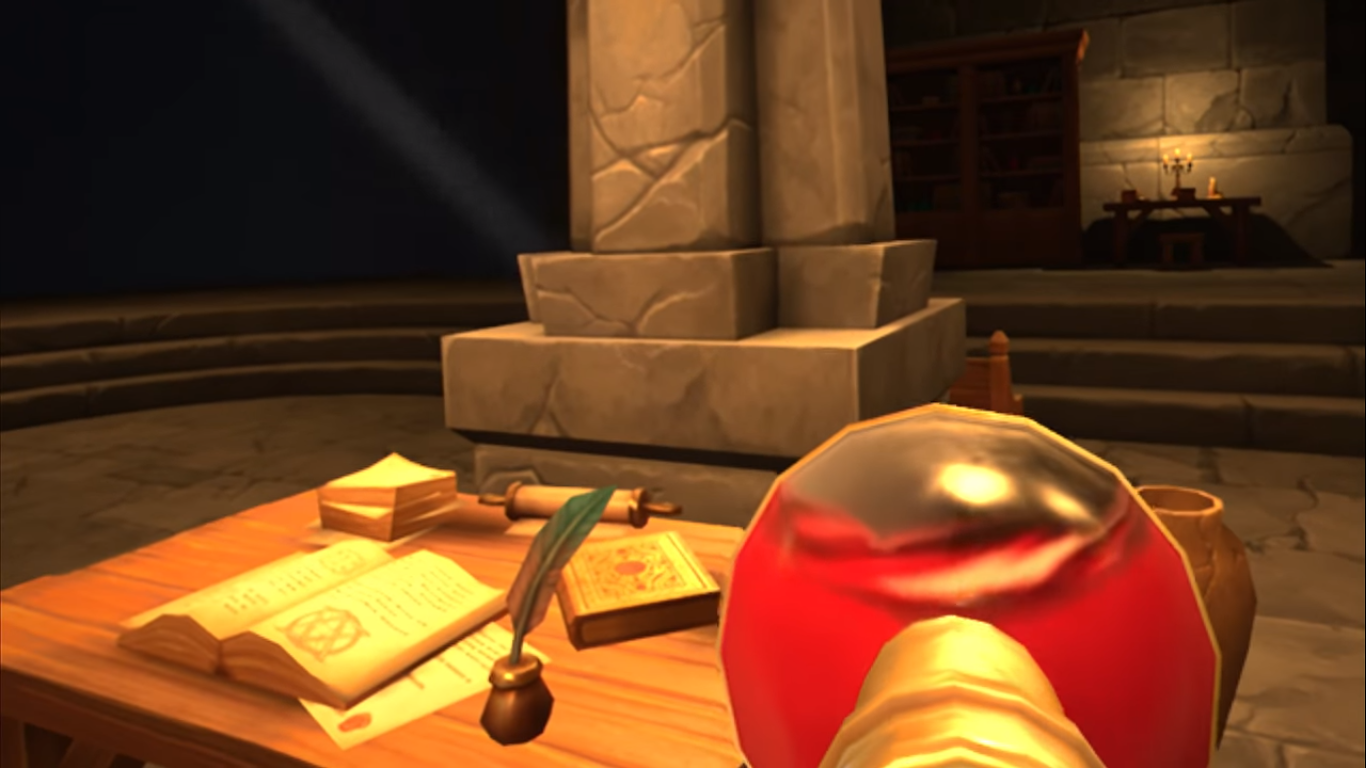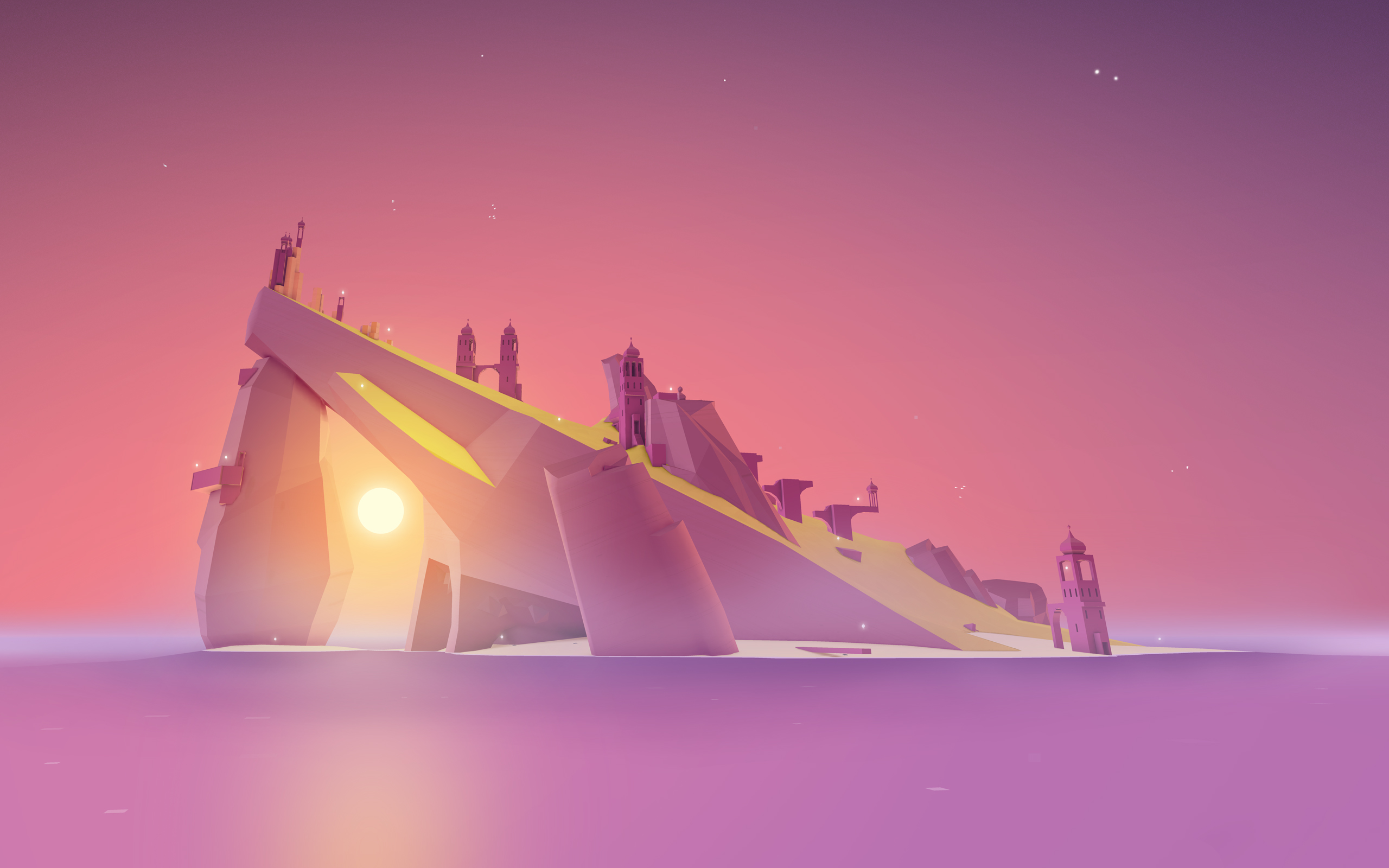This article was contributed by Rob Carroll, Head of Publishing at Immersv.
—
Analysis paralysis, I’ve found myself trapped in it before. Oftentimes, when a player is given too many choices in a game, they can fail to make any choice as they over analyze the options for the best one. The same applies to VR developers, with the nearly limitless potential of what we can create in the new generation of VR tools many developers are stuck worrying about making their first VR title perfect. However, my advice is to stop worrying about it and just make something.
A couple of weeks ago, my CEO at Immersv challenged us to make a cool VR app in a week. It seemed like a pretty daunting task, but when we stripped away the complexities and possibilities to just make a focused and simple design, we were able to launch a fun little app in just 7 days.
It was a good experience and in the end, we learned a few new tricks for future apps. It also led me to realize that we don’t need to try building the most immersive mind-blowing VR creations, sometimes just making something simple can be fun and an excellent learning experience.
Focus on Mobile for Your First VR App
If you’re thinking of trying some experiments and building your first VR app, then let me make a few suggestions on where to start, to help cut through the many options out there. First, I would suggest doing something for mobile VR (Google Cardboard, Gear VR, or Google Daydream). The experience is not as immersive as the PC-powered HMDs (Head Mounted Displays) like the Oculus Rift and HTC Vive, but mobile VR is much easier and more accessible to develop for.
Since the art requirements are lower for example, it’s easier to make a faster prototype. It’s also a lot less expensive to get the testing hardware. For Google Cardboard for example, all you need are an Android phone and a Cardboard viewer.
Choosing Your Engine
After choosing the platform for your app, you’ll want to look at how you will develop it. If you’re building a quick VR app, there are existing tools available to you. It doesn’t make sense to build a custom engine to power a rapid prototype. Good places to start are with engines like Unity or Unreal, because they have powerful technology already in place to start developing on right now.
Granted, you’ll need to understand a bit of programming of course, or at least be willing to learn, but Udemy courses, Coursera lessons, and even just YouTube or Wikis are excellent resources if you’re starting completely from scratch. In which case, Unity is a bit easier to pick up and learn if you’re just getting started.
I’ve had some experience with Unity’s sample VR apps as well as Unreal’s samples and they both give fully functional examples of how to make puzzle games, runners, and shooters, with full source code access for all VR developers. You can go in, use the sample as a baseline, modify it to your style, and then release your own app based on that framework.
Acquiring Art and Sound Assets
The next step is the art and sound. I’ve seen that visuals in VR can really make or break the experience, as the user is more immersed in the environment. It’s not difficult to find good art even for a beginner VR developer, even for a simple app and it can greatly improve the experience.
The best place to start is with asset stores. Both the Unity asset store and Unreal marketplace have tons of assets created by artists that are ready to drop into the engine you choose. You can also consider options like Turbo Squid or Mixamo to supplement your needs. For audio, sites like AudioJungle and Audionetwork can give your game the right mood and atmosphere.
Additional Tools and Resources
Something that is often overlooked in basic apps is the benefit gained from 3rd party tools. Even in a simple app there is a lot of information you can get from how your users are interacting with it. I recommend three key tools to include in your app: metrics, advertising, and user attribution. If you’re using an engine like Unity, they have a great built-in analytics tool that can give you the basics of what your users are doing in the app. You could also look at Google Analytics if you’re building apps on the Android platform.
Adding a user opt-in video with Immersv can give you a channel for revenue in your app should it become a hit. It can also give you a channel to bring users into the app to give it a kick start. Adding an attribution platform like Tune or Adjust will provide a good understanding on where your users are coming from and the value of those channels. In total, it should only take you a few hours to add all of these tools; however, the insight into how users are interacting with your app is invaluable for designing future apps.
Putting it All Together
Using these ideas as a guideline, you are now ready to make your app. Of course, you’ve only put the building blocks in place, figuring out what to make is the final challenge. Video and picture viewers are easy starter projects for VR developers, and fixed first person shooters are good games to start with. I would recommend staying away from the roller coasters and endless runners for a first project, as getting user motion to feel correct can be difficult in VR. Trying to master movement is tricky and can set you back trying to polish it, and if you don’t get it right it will make users feel sick and quickly leave your app.
Beyond these ideas, just get out there and try something. If you don’t believe you have the skills needed to make the app, I suggest signing up for a local game jam or weekend hackathon, as these are great places to find other people looking to experiment and build. There really is no right or wrong when it comes to creating something as a VR developer, just don’t let the process of trying to figure it out paralyze you. Go out and make something that is fun for you and pushes your boundaries.
—
Rob is a veteran of the game industry, having worked for over twelve years on everything from small start-ups to the largest IP’s in the world. His background is in production and design, with a specialization in Free to Play games on mobile and VR platforms. Recently Rob ran the international publishing team for Tapjoy and was the North American producer for the launch of World of Tanks: Blitz with Wargaming.
For more information on learning how to get involved in the VR development community, be sure to check out the Upload Collective, our VR Workshops, and the VR Academy.



































